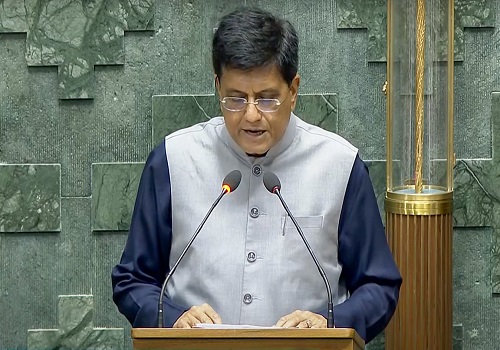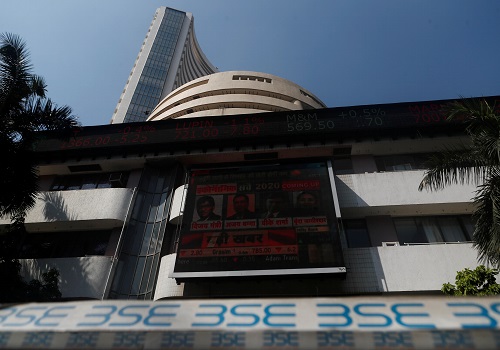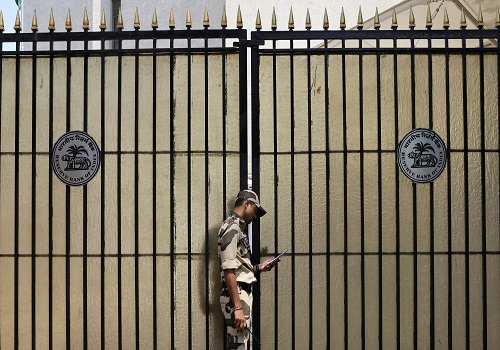A credible path toward crowding-in private investment By ICICI Securities

Follow us Now on Telegram ! Get daily 10 - 12 important updates on Business, Finance and Investment. Join our Telegram Channel
https://t.me/InvestmentGuruIndiacom
Download Telegram App before Joining the Channel
A credible path toward crowding-in private investment
* Surging public investment will not automatically crowd-in private investment, especially if the government’s market borrowings rise sharply. However, the fiscal deficit for Apr-Dec’21 was only 49% of the Budgeted Estimate (BE) for FY22, because 95% of the budgeted Revenue Receipts for FY22 had already been received within 3 quarters of FY22, while only 72% of budgeted expenditure had been spent.
* The Jan-Mar quarter is usually the strongest quarter for Revenue Receipts, with 29.1- 33.3% of full-year revenues being received in that quarter in each of the past 5 years. For FY22, however, the Revised Estimates imply that only 16.6% of full-year revenues will arrive in Jan-Mar’22, and these will be 36% YoY lower. A more realistic forecast would be for Revenue Receipts to rise 15% YoY in January-March 2022, which would still mean that only 26% of full-year revenues were received in the final quarter of FY22 (lower than in each of the past 5 years).
* Making just this switch to more realistic Revenue Receipts for FY22 (while keeping all the other conservative official projections intact) would result in the fiscal deficit declining to 5.7% of GDP in FY22. Allowing for a modest 10% rise in revenue receipts in FY23 would lower the fiscal deficit to 4.9% of GDP in FY23. Government’s net market borrowing in FY22 is already estimated at only Rs8.76trn (vs Rs12.4trn in FY21). For FY23, we estimate the government’s net market borrowing at just Rs7.7trn. The reduced borrowing requirement will create space for a substantial pickup in bank credit to properly crowd-in private investment.
Revenue Receipts for FY22 are heavily under-estimated even in the Revised Estimates (RE) in the Budget presented last week, and the fiscal deficit is consequently over-estimated. The Budget was prepared at a time when data for AprNov’21 had been published, but another month of data became available a few hours after the Budget was presented. The fiscal data for Apr-Dec’21 is marked in yellow in Table 1. The government has been extremely conservative in all its estimates – particularly underestimating the likely trajectory of Revenue Receipts. In the first 9 months of FY22 (AprDec’21), the fiscal deficit was only 49.1% of the BE for FY22, primarily because 96.9% of the budgeted Revenue Receipts had already been received, while total expenditure was merely on track (72.4% of the full-year total having been spent in Apr-Dec’21). The RE for FY22 implicitly assumes that Revenue Receipts in Jan-Mar’22 will be only Rs3457.13bn – a 36.4% YoY reduction for the quarter (with only 16.6% of the full-year revenue being collected in that quarter).
To Read Complete Report & Disclaimer Click Here
For More ICICI Securities Disclaimer https://www.icicisecurities.com/AboutUs.aspx?About=7
Above views are of the author and not of the website kindly read disclaimer










Tag News

Monthly Debt Market Update, September 2023: CareEdge Ratings












